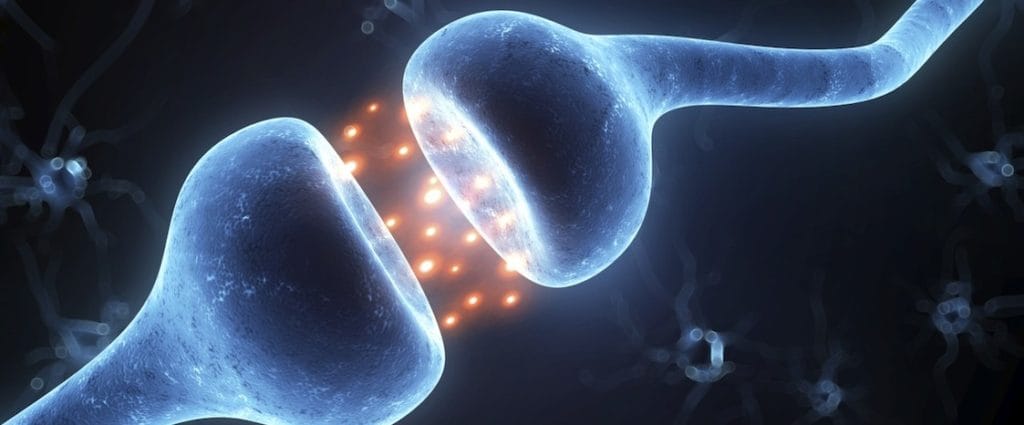Over the years, researchers have identified many of the brain mechanisms that contribute to the onset and continuation of substance addiction. However, as investigations on this subject continue, more and more information comes to light and adds to basic understanding and the potential options for treatment. In a study published in June 2014 in the journal Nature Neuroscience, a team of U.S. researchers looked at the potential addiction-related role of a previously undiscovered form of cell communication inside the brain. The researchers concluded that this newly uncovered mechanism influences the process of addiction by influencing the substance-related memories of affected individuals.
Known Addiction Mechanisms
The process of substance addiction largely affects a brain area known informally as the pleasure center. This area contains a number of structures and produces a key chemical called dopamine. Essentially, when dopamine levels in the pleasure center rise, a person’s level of pleasurable feelings also rises. Compared to everyday sources of pleasure, such as having sex or eating satisfying food, common substances of abuse produce a much greater degree of stimulation inside the pleasure center. In real-world terms, this means that a certain number of the people who use these substances will start taking them repeatedly over time in order to re-experience pleasure on demand. However, this repeated use changes the brain in lasting ways and can trigger the beginning of physical substance dependence. In turn, a physically dependent person can easily develop the characteristic, damaging brain and behavioral shifts that denote the presence of addiction. Once addiction sets in, additional secondary brain mechanisms make it more likely that an affected person will keep using drugs or alcohol and remain addicted for extended periods of time.
A New Brain Mechanism
Researchers already know that addicted people store memories of their substance-using behavior and become susceptible to internal and external cues that increase cravings for substance use and make substance intake much more probable. Examples of internal substance use cues include the thoughts and unconscious emotional reactions previously linked to a favorable attitude toward drug or alcohol intake. Examples of external cues include exposure to the settings in which substance use typically occurs and exposure to the substance-using behaviors of others. In the study published in Nature Neuroscience, researchers from the University of Iowa, the Department of Veterans Affairs and the Howard Hughes Medical Institute detailed the discovery of a previously unknown chemical pathway between brain cells that affects the ways in which substance users form long-term memories. This pathway, which exerts a strong influence inside the brain’s pleasure center, is based on the actions of a group of specialized proteins known as ASICs proteins.
Impact on Substance Addiction
In the currently reported study, the researchers purposefully disrupted the newly discovered memory mechanism in a group of mice that had access to the stimulant drug cocaine, as well as in a second group of mice that had access to the opioid drug/medication morphine. They believed that this disruption would decrease the mice’s ability to form the lasting memories known to act as cues for substance use. However, in both groups of animals, the opposite occurred and the strength of substance-related memories actually increased. The cocaine-addicted group of mice also underwent another test designed to gauge their willingness to seek out and use the drug. After experiencing a disruption of their long-term memory function, the mice were more likely to seek out and consume cocaine. On the other hand, when the researchers strengthened the animals’ long-term memory function, their level of cocaine craving and use subsided. The researchers note that the changes they observed when they disrupted the newly discovered memory mechanism have an impact inside the pleasure center that is quite similar in some respects to the impact of advancing substance addiction. It is also similar to certain aspects of the withdrawal symptoms that typically appear when an addicted person doesn’t consume a given substance in large enough amounts to meet the needs of physical dependence. Based on this finding, the researchers concluded that disruption of the memory-related ASICs proteins likely plays a significant role in producing the entrenched cravings that commonly appear in people addicted to cocaine or opioids. The same conclusion may also apply to people addicted to other substances, although the researchers did not address this issue while conducting their project. Eventually, discovery of the new mechanism for long-tem memory disruption may lead to the development of finely targeted medication treatments for substance addiction.

